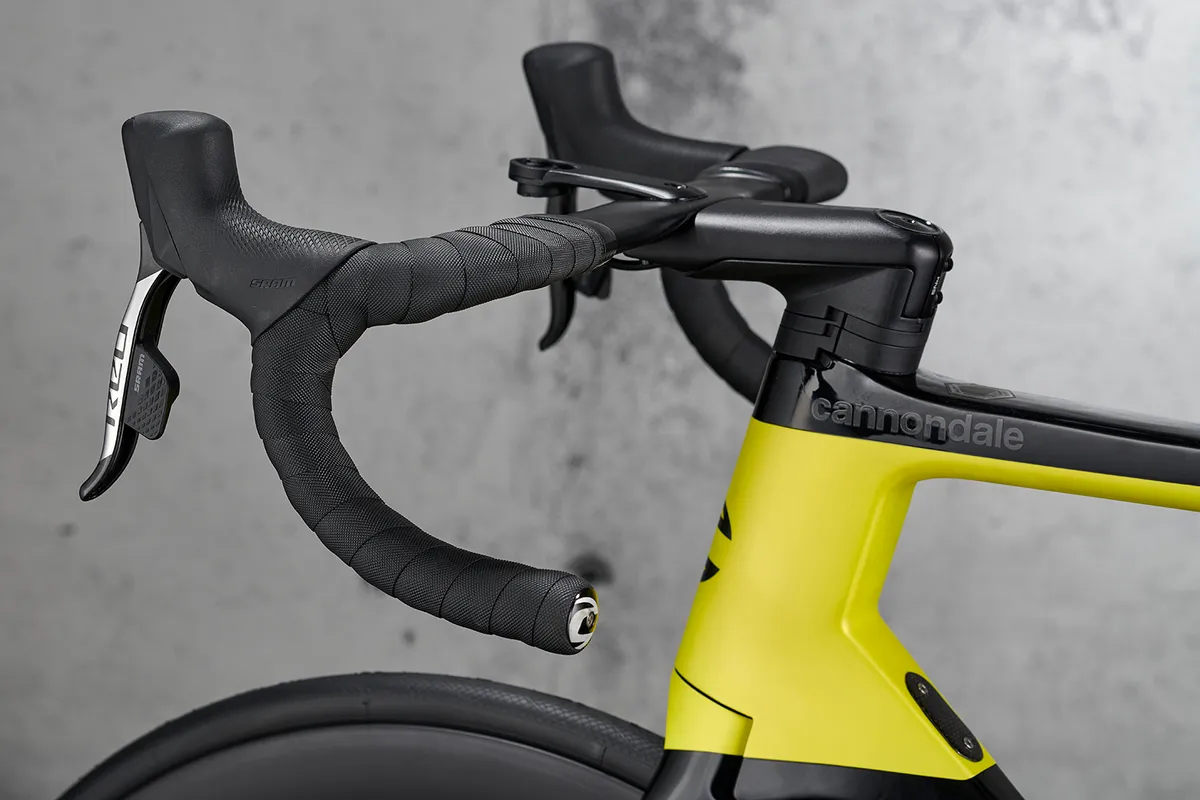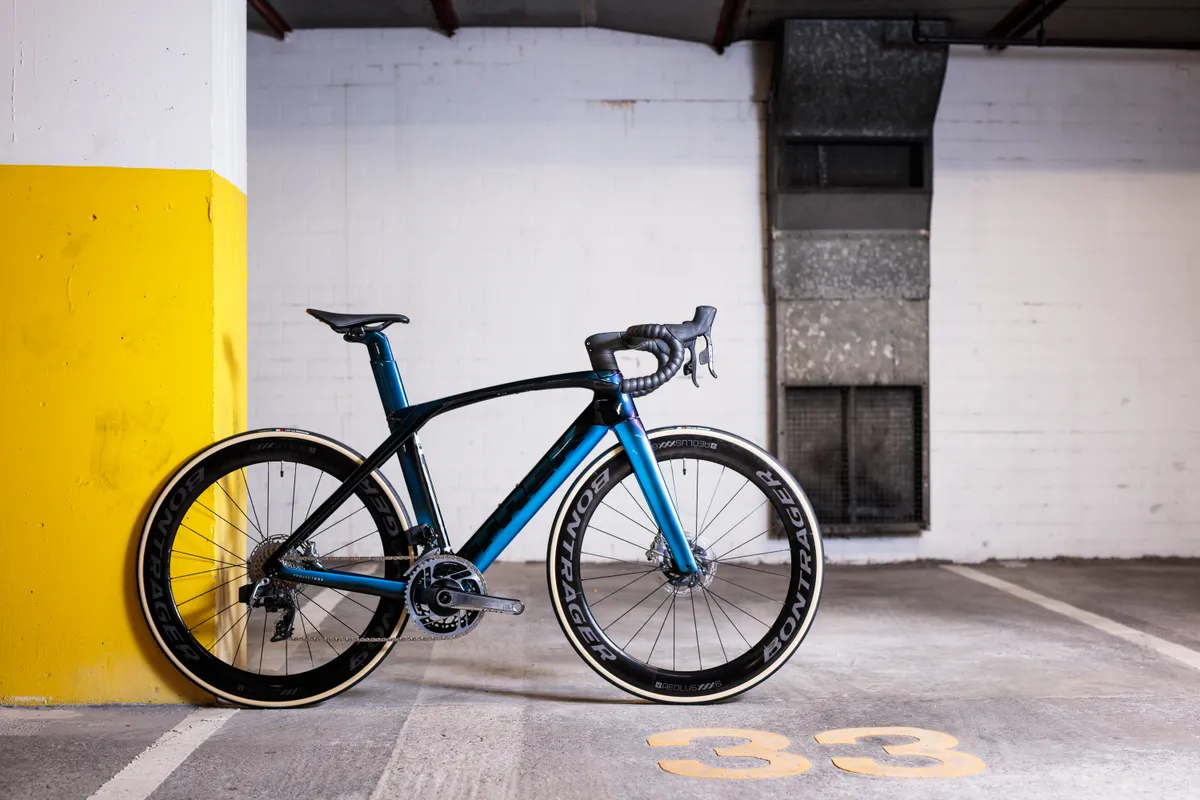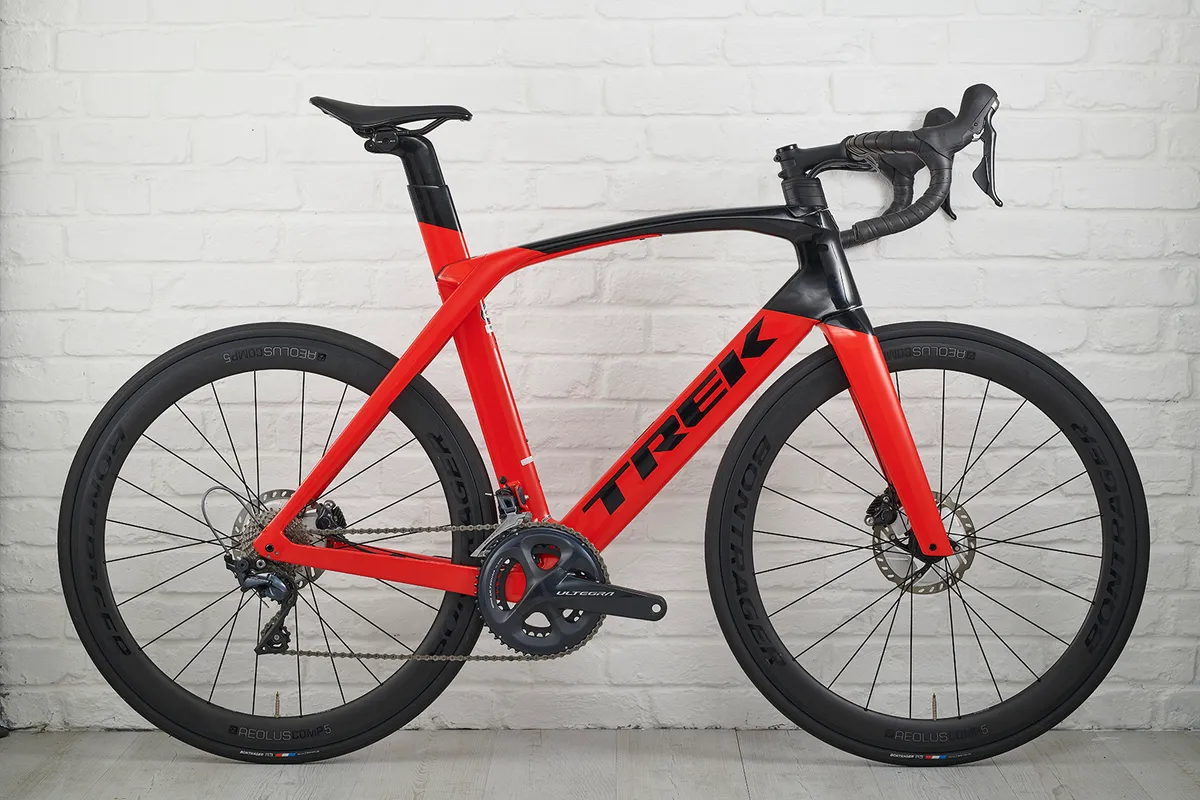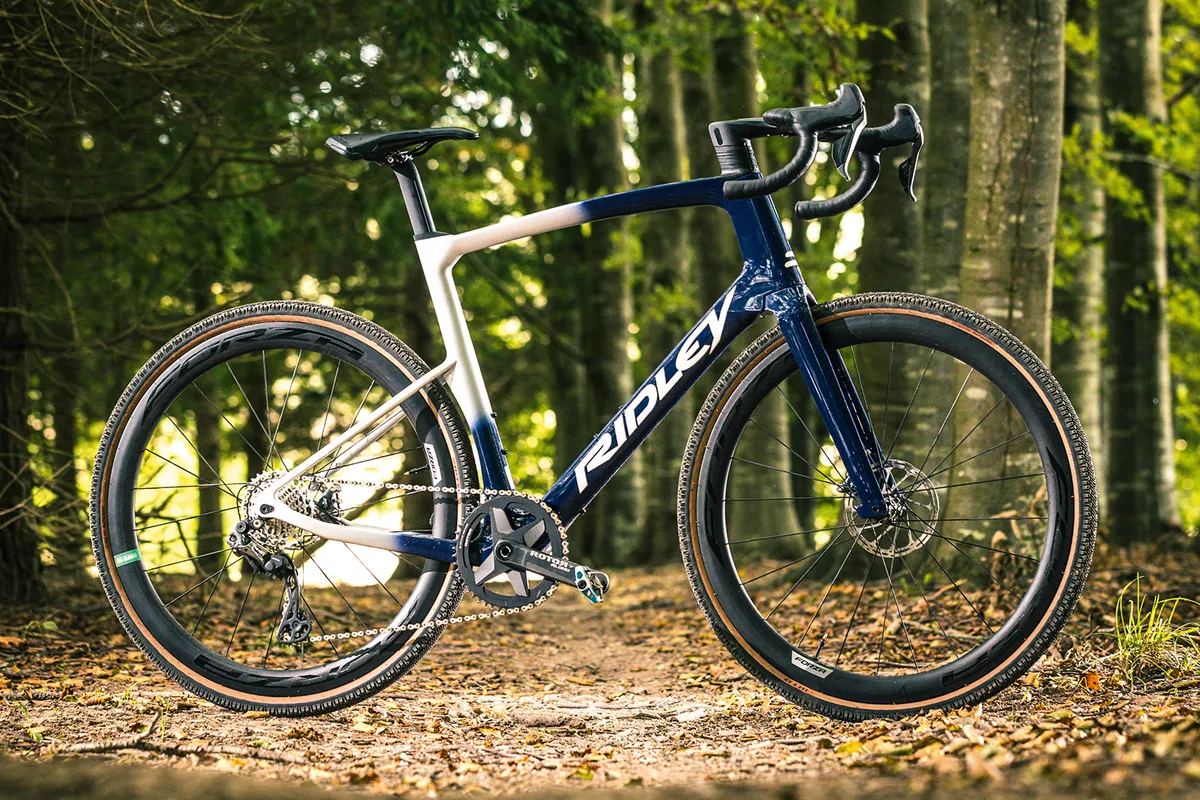Writing opinion columns moaning about modern bike aesthetics is an act of pointless retro-grouchery and generally makes the author look like a stubborn dinosaur who just needs to lighten up and embrace change.
Despite thinking this, I’m now going to moan about modern bike aesthetics.
There’s a specific design trait that’s becoming more and more common as bikes become ever-more integrated, with manufacturers putting great effort into streamlining their designs and hiding cables from view: huge, enormous, gigantic, massive stems.
Modern road and gravel bike stems are often simply too damned big, making otherwise sleek and beautiful bikes look oddly top-heavy.
The problem is exacerbated by the huge stacks of spacers manufacturers need to fit to allow riders to adjust their position.
When a new bike pops up at a big race, it’s invariably set up with its stem slammed down on the headset because that’s how the vast majority of pros ride.

Conventional wisdom says that bikes look best this way. The #slamthatstem hashtag on Instagram has been used almost 45,000 times and a blog of the same name ran for years and even offered custom low-profile headset top caps to get you even lower than standard components allowed.
I’d love to pretend otherwise, but road bikes do look fantastic when they’re set up like this.
In the real world, however, most of us (myself included) aren’t best served by having our bar as low as is physically possible. Forcing yourself into an overly aggressive position when your body is the wrong shape, or not flexible enough, is a recipe for injury.
The reality is most of us aren’t built for 40-odd centimetres of saddle-to-bar drop, and we shouldn’t be emulating pros who set their bikes up for maximum performance rather than everyday comfort.
As a result, on a typical mass-produced road or gravel bike, the majority of riders will be running one or more spacers underneath the stem, and I think it behoves bike designers to maintain some level of aesthetic harmony with un-slammed stems.
Some do a much better job than others.
For years, virtually all bikes used fairly standard round headset spacers that roughly matched the diameter of the stem’s steerer clamp. These days, a great many bikes use proprietary spacers, which are often longer than they are wide for aerodynamic reasons. They also add space for internal cables to run through.
Huge spacer stacks and chunky stems combine to create a lot of visual mass at the front of the bike.

Some bikes get away with it – the Cannondale SystemSix Hi-Mod for example has such substantial frame tubes that the whole thing kind of works, with an immense truncated-aerofoil section head tube providing visual balance for the aero Knot stem.

The Trek Madone looks similarly muscular and aggressive with its stem slammed, but with a stack of spacers it starts to look gawky to my eyes.

More affordable versions of the Madone use the same spacer arrangement, but a more conventional stem, and that looks even stranger – like an immensely ripped bodybuilder with an absolutely tiny head.

There are so many examples on the market that it feels almost unfair to pick on individual brands, but the Felt AR’s stem-and-spacer combo (pictured at the top of this article) is particularly massive, while the Giant Propel is another bike whose looks really suffer when the steerer isn’t cut.
Endurance road bikes and gravel bikes are often badly afflicted too, with tall head tubes accentuating the visual impact of towering spacer stacks.

Ridley’s otherwise delightful Kanzo Fast, for example, does not look its best with an untrimmed steerer, and the size large Kanzo Fast we tested looked particularly top-heavy.
We’ll get used to it, won’t we?

Aesthetic norms are ever-evolving and it’s very possible, likely even, that my hot take won’t age well.
I don’t doubt that similar columns to this one were committed to print when comparatively chunky threadless stems began taking over from the slender quills of old.
Designs that look bold and challenging today might be entirely run-of-the-mill in a few years, and then something more radical will come along and we’ll complain about that instead.
As ever, I don’t want to dump on the achievements of bike designers – modern bikes are incredible – but I would say this: please make bikes that look cool and fast when they’re set up for regular riders and not just the pros.
Regular readers may recall that I’m a big fan of the Specialized Roubaix and one of the things I like about that bike – apart from the way it rides – is that it offers a comfy endurance-friendly riding position without looking tall and awkward.
That’s partly down to the headset design, but also the use of riser drop bars, a relatively rare feature.
Can we have more lateral thinking like that, please?
